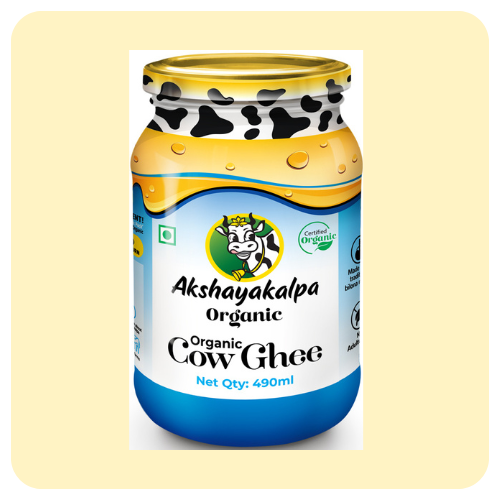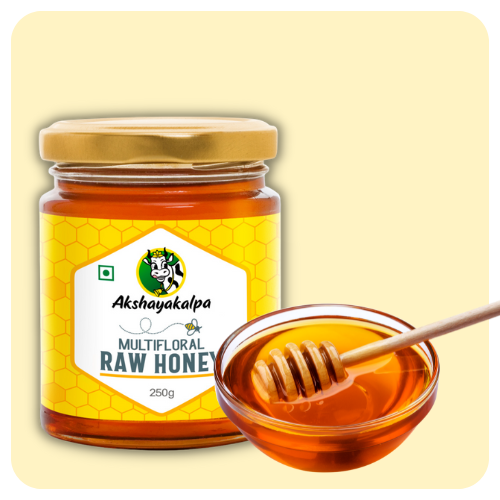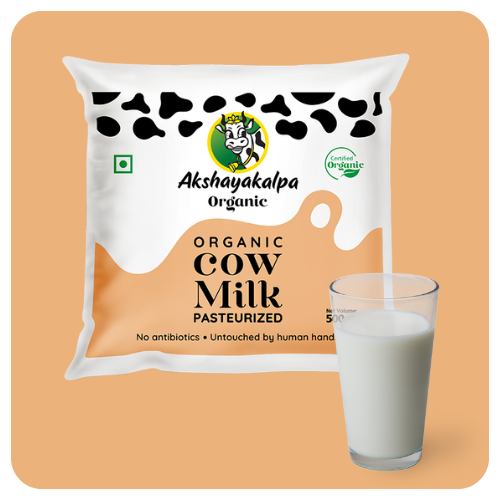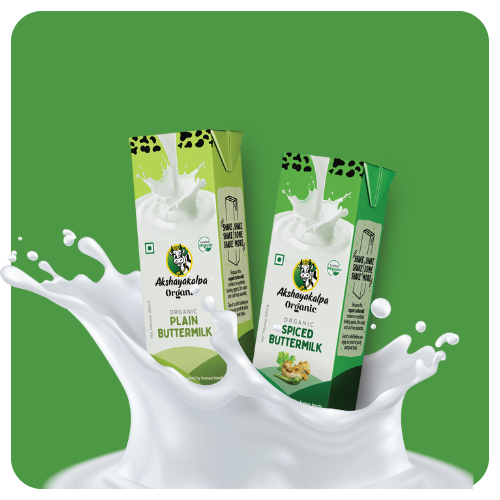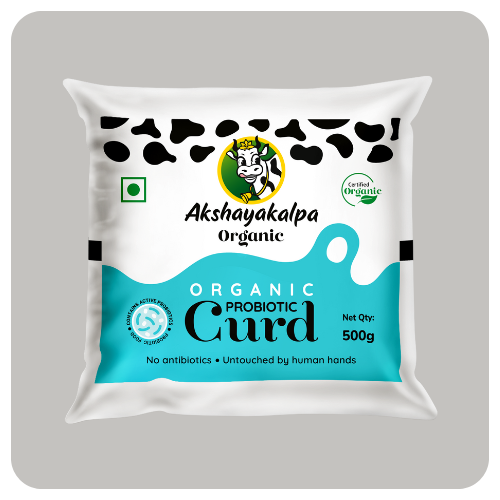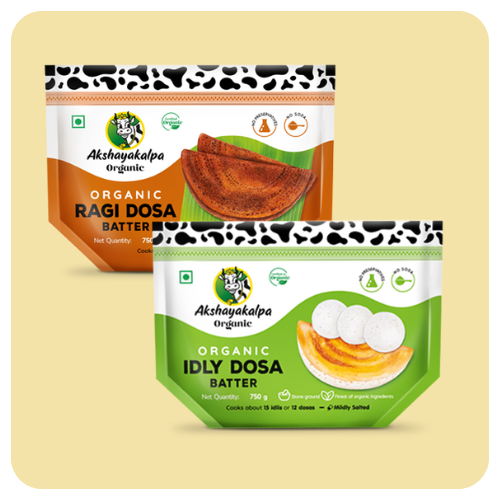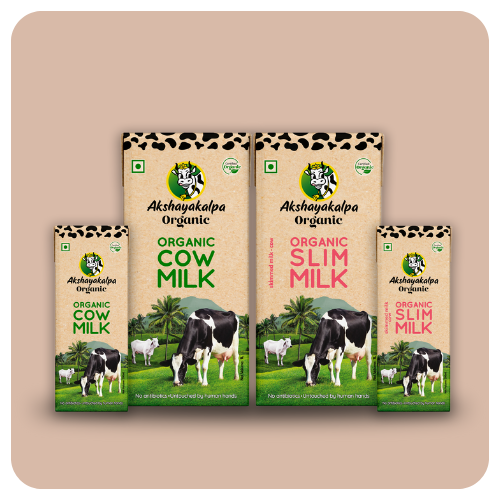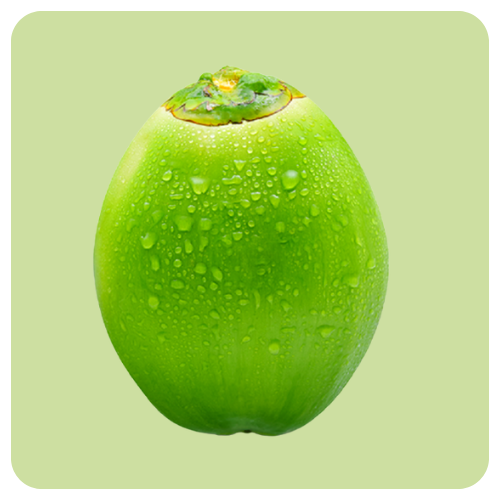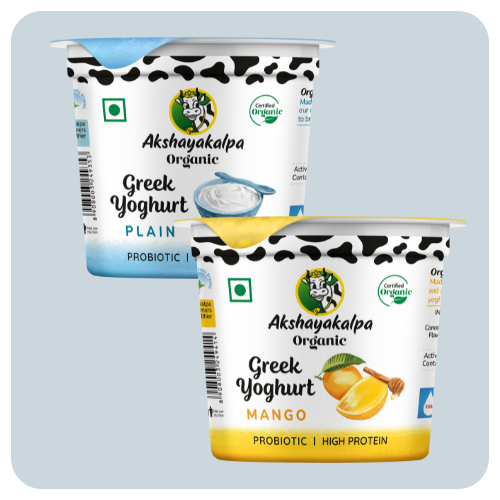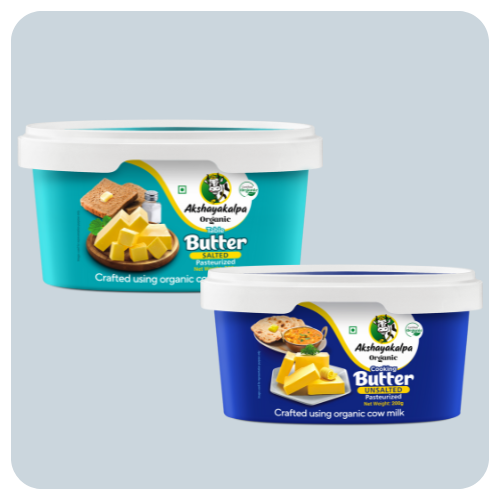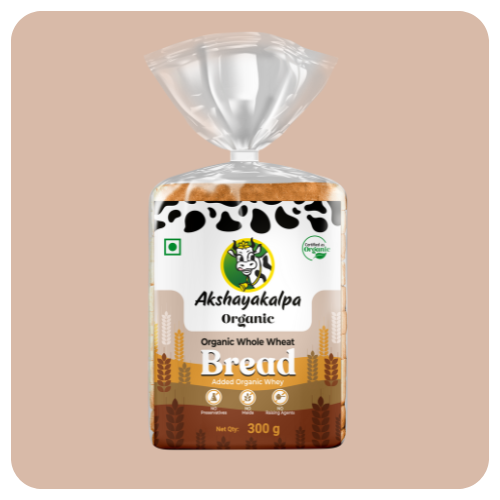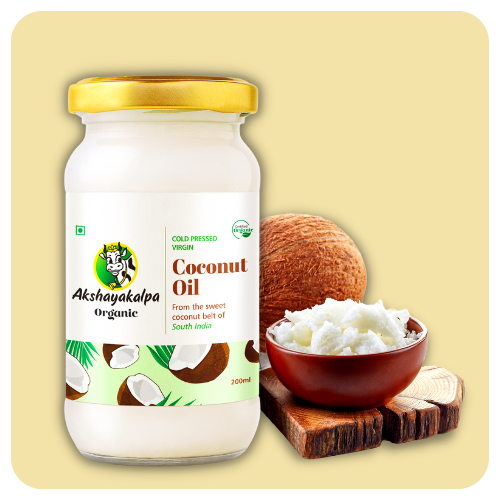Pasteurized milk and nutrition
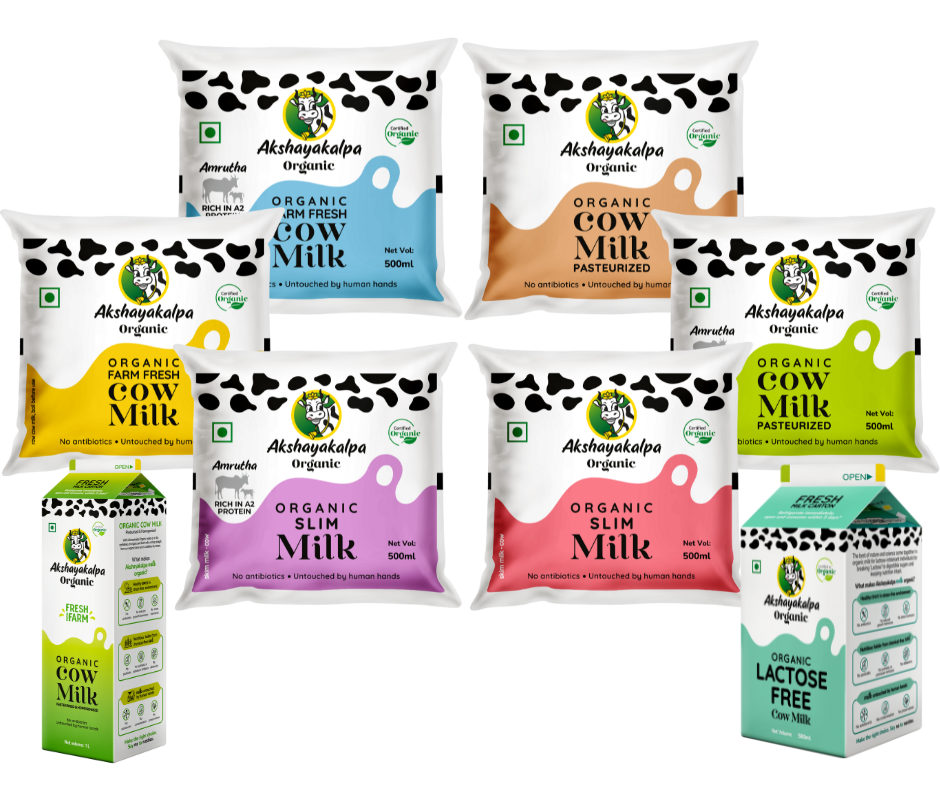
Be it a cup of coffee or tea, milk with jaggery or chocolate-flavoured, most of us cannot start our days without hot milk. For Indians, the importance of milk is undeniable. Every morning, fresh packets of milk arrive at our gates and doors by delivery agents who start their day in the wee hours and are then brought into our kitchens, ready to be boiled. Though unnecessary, since majority of households buy pasteurized milk, the milk is boiled and simmered and then deemed ready for consumption.
Almost all of the milk available in our supermarkets have been subjected to one form of pasteurization or another. Scientifically, there are four major ways in which milk can be pasteurized—low temperature for a long time, high temperature for a short time, ultra-pasteurization, and ultrahigh temperature pasteurization.
The most common pasteurization method is high temperature for a short time. This is done at 72° C for 15 second and it allows large quantities of milk to be processed quickly. Ultra-high-temperature pasteurization, which requires the combination of a temperature of 140° C for two to four seconds and sterile packaging, has gained popularity recently thanks to the much-loved convenience of the significant increase in shelf life.
While the benefits of pasteurizing the milk is well established these days and innumerable studies have been conducted on the effects of this process on milk, there are still a sizable group of people who think heating milk to temperatures required to pasteurize the milk will destroy the nutrients. A systematic review of 40 studies confirms that though the concentration of some of the heat-sensitive vitamins reduces, pasteurized milk continues to be an excellent source of vitamins B1, B2, B12 and C. [1]
However, those buying raw milk must boil the milk at home before consumption to kill any naturally-occurring harmful bacteria. Contrary to popular belief, boiling milk subjects the milk to a much higher temperature for much longer than pasteurization. When we boil milk at home, the milk is heated for several minutes which can also destroy the heat-sensitive nutritional composition of the milk. Boiled milk has much lower levels of whey protein. [2]
When it comes to choosing between pasteurized or farm-fresh milk, it literally ‘boils down’ down to a personal preference that one has. However, in either case, to get the full benefits of milk, one must ensure the milk they choose is fresh, nutritious and free from antibiotics, chemical residues, adulterants and contamination.
Akshayakalpa Organic aims to make clean, pure and nutritious milk common place and accessible to all households. The cows at Akshayakalpa farms are free-roaming with unlimited access to fodder and clean water. Stress free cows produce milk free from stress hormones and ensure it doesn’t make it to our diets. Free of artificial growth hormones and antibiotics, and rich in proteins, the wide range of Akshayakalpa Organic milk is sure to leave you spoilt for choice!
References:
